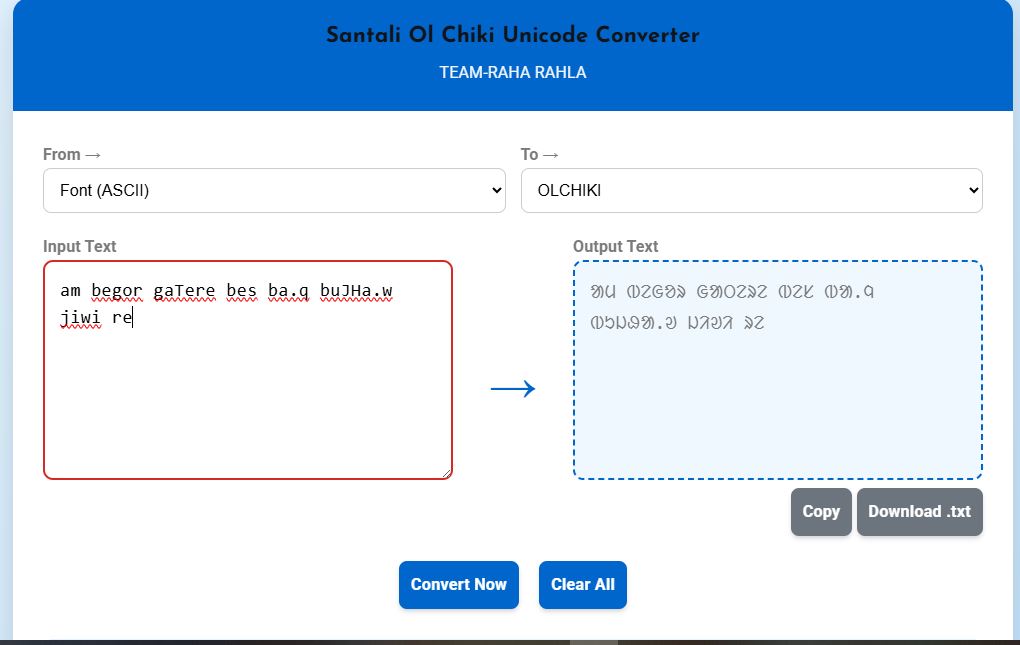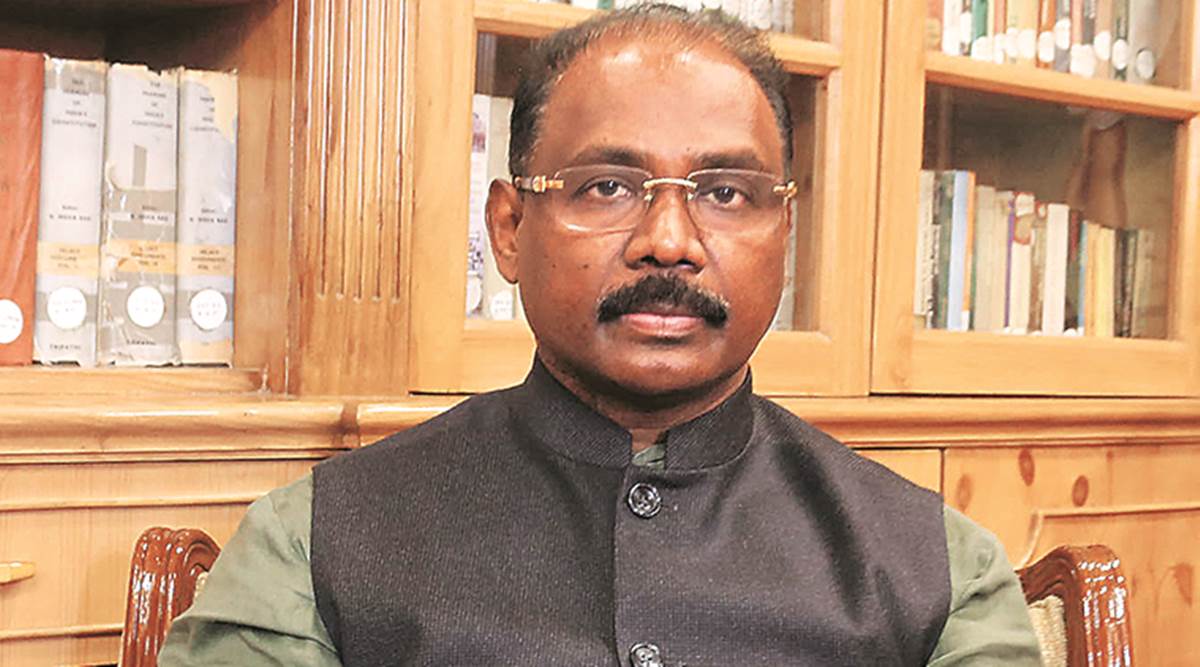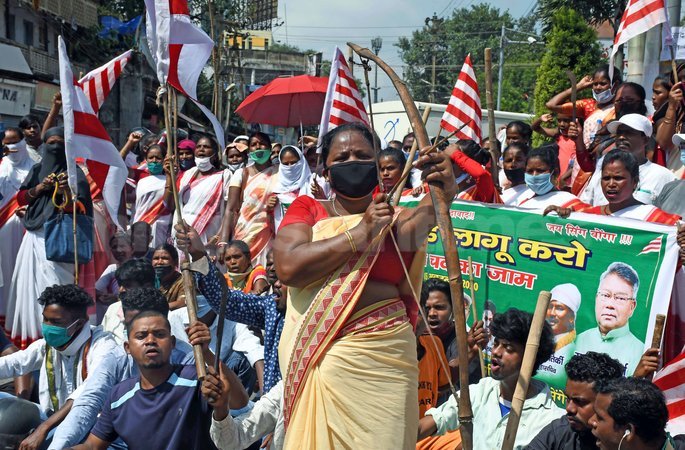
Early History
Kalinga is known to be a powerful kingdom as early as the time of the Kurukshetra battle. Srutayudha, the king of the Kalinga joined the camp of the Kourava in the battle and was killed in the battle by Bhimasena with his two heroic sons: Bhanumana and Ketumana. After the Mahabharata War a new Kshetriya dynasty ruled over Kalinga and it is known from the Buddhist work ‘Mahagovinda Suttanta’ that the glory and power of Kalinga was restored within a short period. According to the Puranas 32 Kshetriya kings ruled over Kalinga after the Mahabharata War up to the time of Mahapadmananda who ascended the throne of Magadha in 362 B. C.
Nanda Rule
Mahapadmananda defeated and killed the last of the series of the 32 Kshetriya kings and incorporated Kalinga to his extensive empire. Although Kalinga lost her independence, she became economically prosperous under the Nanda rule. Mahapadmananda undertook irrigation projects to eradicate famine condition in Kalinga. The pre-Mauryan black polished potteries and punch-marked coins having four symbols found in plenty from Asurgarh in Kalahandi district and Sonapur in Bolangir district indicate the flourishing economic condition during the time of the Nanda rule.
After Mahapadmananda his eight sons ruled one after the other and the last Nanda king was overthrown by Chandragupta Maurya who found the Maurya rule in Magadha. During the time of Chandragupta’s rebellion against the last Nanda king, Kalinga declared her self independent and tried to build her strength as an overseas power.
Kalinga Under the Mauryan
Neither Chandragupta Maurya nor his son Vindusara tried to bring back Kalinga to the Magadha empire. It was Asoka, the son of Vindusara who invaded Kalinga in 261 B.C. and succeeded in occupying Kalinga. The Kalinga War was of colossal nature in which as many as 1,00,000 were killed and 1,50,000 were taken captives while as many as that number died as an aftermath of the war. Asoka was deeply moved by the terrible bloodshed caused by this war and was converted to Buddhism .
The hilly land lying to the west of Kalinga was known as the Atavika territory, the fighting forces of which were utilized by Kalinga during the war. Asoka annexed the coastal region of Kalinga to his empire and gave up the idea of further conquest. He tried to conciliate the unconquered Atavika people and desired to conquer their heart by love. That was the principle of Dharmavijaya and was followed by Asoka after the Kalinga War.
Kalinga became one of the administrative provisions in the empire of Magadha with headquarters of a Kumara (Viceroy) located at Tosali. The second headquarters was at Samapa where a high executive officer called Rajavachanika was stationed. Tosali was also the headquarters of the highest judiciary authority of the province.
Asoka aimed at a benevolent administration with a well organized bureaucracy and vigorously worked for the consolidation of the Maurya rule in the newly conquered province. Buddhism spared over Kalinga under his patronage and became the State religion while the art of stone masonry developed to a great extent. Edicts were engraved on the Dhauli and Jaugada rocks to inculcate his administration and religious principles to the people. Asoka died in 232 B.C. and the Maurya empire lasted up to 185 B.C.
Mahameghavahana Kharavela
In the early past of the 1 st century B.C. Kalinga became independent under the Chedi Chief Mahameghavana. The third ruler of this dynasty was Kahravela who flourished during the second half of the 1 st century B.C. The Hatigumpha inscription in Udayagiri near Bhubaneswar furnishes detailed accounts about the life and activities of Kharavela from his boyhood to his 13 th regnal year. It is known from this record that Kharavela on the premature death of his father took up the administration first as a Yuvaraja and then on completion of 24 years of age ascended to the throne as Maharaja. In the first year of his coronation he repaired the gates and rampants of his capital Kalinganagari which had been damaged by cyclone. In the second year he invaded the territory of the Satavahana king Satakarni I and marching up to the river Krishna stormed the city of Asika. In the 3 rd year of his reign he organized various performances of dance and music and delighted the people of Kalinganagari. In the fourth year he again invaded the Satavahana kingdom and extended his political supremacy over the region. In the fifth year he is known to have renovated the aqueduct that was originally excavated three hundred years back by Mahapadmananda. In the sixth year he remitted taxes and gave benevolences both in urban and rural areas of his kingdom. The account of his seventh year is not known. But that year his chief queen-“The Queen of the Diamond Palace” gave birth to a son. In his eighth regnal year he led a military expedition against Rajagriha. By that time the Indo-Greeks who were in possession of Mathura were advancing towards Pataliputra but getting the news of the triumph of Kharavela at Rajagriha the Yavana king had to retreat to Mathura. Kharavela pursued the Indo-Greeks and purged them out of Mathura which was an important seat of Jain religion and culture. In commemoration of this achievement he built a victory palace in Kalinga at a cost of thirty-eight hundred thousand penas during the ninth year of his reign. In the tenth regnal year he again invaded northern India the account of which is not clearly known. In the eleventh year of his reign Kharavela defeated the Tamil confederacy which was in existence thirteen hundred years before his time. In the twelfth year he invaded northern India for the third time and advanced as far as Uttarapatha, “north-western part of India”. On his return he terrorized Maghadha. Brihaspati Mitra, the king of Magadha surrendered and Kharavela brought from Magadha the image of Kalinga Jina as trophy of his victory along with rich treasures. Kalinga Jina had been taken away from Kalinga by Mahapadmananda three hundred years back and its restoration was considered to be a great achievement of Kharavela. In his thirteenth regnal year Kharavela excavated a number of cave-dwellings in the Kumari hills for the Jain monks and bestowed endowments for them. Jainism greatly flourished in Kalinga under the sincere patronage of Kharavala. He was also extending liberal patronage towards other religious communities and earned great reputation as the worshipper of all religious orders and the repairers of all religious shrines.
The Hatigumpha inscription records the activities of Kharavela up to his thirteenth regnal year after which nothing is known about him. He was probably succeeded by his son Kudepasiri. The Mahameghavahana dynasty continued to rule over Kalinga and Mahishaka up to the 1 st century A.D. as known from some recently discovered inscriptions of Guntupalli and Velpuru in Andhra Pradesh. The Velpuru inscription reveals the rule of one Airamaharaja Haritiputra Manasada who belonged to Mahameghavahana dynasty.




